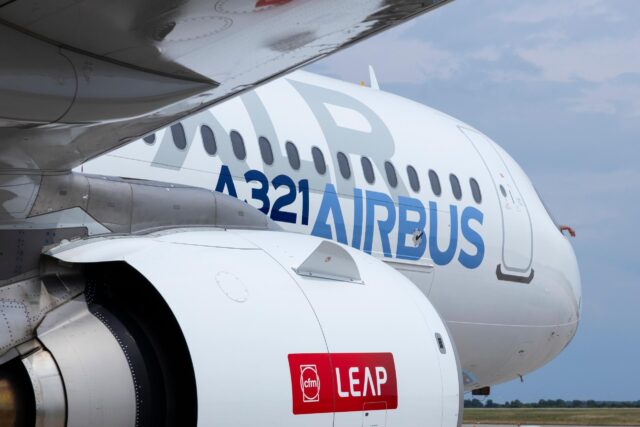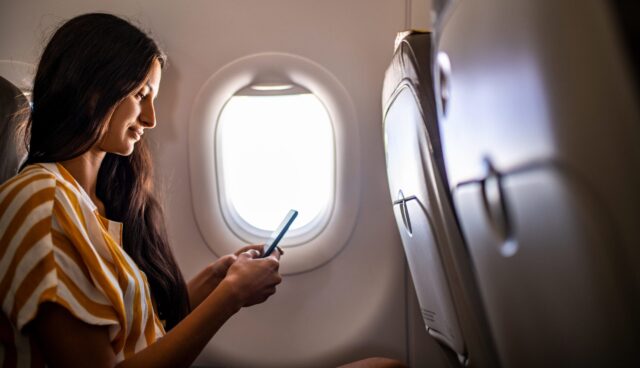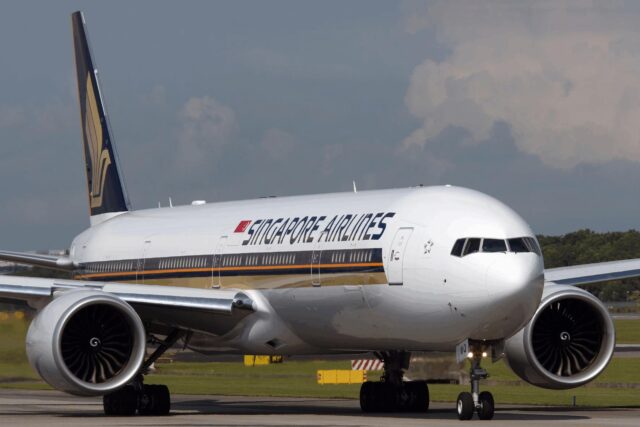What happens when an airline goes bankrupt?

October 29, 2025

When an airline collapses, the effects can be dramatic and far-reaching. Passengers find themselves stranded abroad, aircraft are seized by creditors, and thousands of jobs hang in the balance.
In the UK, when an airline goes bust, the process follows a strict legal path involving administration, asset recovery and questions about passenger rights. Understanding what happens behind the scenes helps make sense of the confusion that often occurs.
Entering administration
If a UK-based airline becomes insolvent – meaning it can no longer pay its debts – it usually enters administration. This is a formal insolvency procedure where independent administrators take control of the company to protect it from immediate collapse. Their role is to assess whether the business can be rescued, sold or whether it must be wound up entirely.
The administrators’ first move is to halt normal operations. Flights are suspended, bookings frozen, and staff informed. They then secure the company’s assets and work out whether any part of the airline can be sold to another operator.
Occasionally, a buyer steps in quickly, as happened when Flybe briefly relaunched after its 2020 collapse. Unfortunately, Flybe collapsed for the final time in January 2023. However, usually the airline’s assets are sold off to repay creditors.
The Civil Aviation Authority (CAA) plays a crucial role during this process. If large numbers of British passengers are stranded overseas, the CAA may coordinate repatriation flights. This happened in 2017 when Monarch Airlines collapsed, bringing home over 110,000 travellers in what was then the UK’s biggest peacetime repatriation.

In the United States, airlines can file for Chapter 11 bankruptcy, which allows them to keep operating while restructuring.
UK law is less forgiving. Once administration begins, operations usually stop immediately, because administrators need to prioritise creditors rather than ongoing services.
Fleet repossession and asset recovery
Most airlines do not own all their planes. Instead, they lease aircraft from specialist companies that retain ownership. When bankruptcy strikes, these lessors act fast to reclaim their assets.
Repossessing aircraft is a logistical and legal race against time. Planes may be scattered across dozens of airports worldwide, and each country’s laws differ. Lessors must coordinate with airports, local authorities and sometimes courts to secure their aircraft. In some cases, jets are even impounded until ownership and debts are settled.
Administrators also handle other valuable assets such as airport slots, maintenance equipment, spare parts and IT systems. At busy airports like Heathrow or Gatwick, take-off and landing slots can be worth millions of pounds, particularly on the back of slot management challenges. In fact, landing slots often represent one of the airline’s most valuable holdings. Selling these assets helps raise funds to repay secured creditors, such as leasing firms and banks.
Passenger rights and refunds
When an airline goes bust, passenger disruption can be huge. The key issue is whether their booking is protected. Travellers who booked a package holiday through a UK tour operator are covered by the ATOL (Air Travel Organiser’s Licence) scheme. This government-backed protection ensures that stranded holidaymakers are flown home and those yet to travel receive refunds.

However, those who booked flight-only tickets directly with the airline usually have fewer safeguards. They are not covered by ATOL and must claim a refund through their credit card provider under Section 75 of the Consumer Credit Act, or through travel insurance if it includes airline failure cover. Passengers who paid by debit card can sometimes request a chargeback through their bank.
A fragile industry
Airline bankruptcies highlight how fragile the aviation industry can be. Carriers face high fixed costs, volatile fuel prices and fierce competition. When demand dips or costs surge, even long-established airlines can be pushed to the brink.
For passengers, the best protection remains booking through ATOL-protected operators or paying by credit card. For the industry, each collapse serves as a reminder of how finely balanced the business of flying really is – one sharp shock can bring even a major airline to a sudden halt.
Featured image: Adobe Stock
















